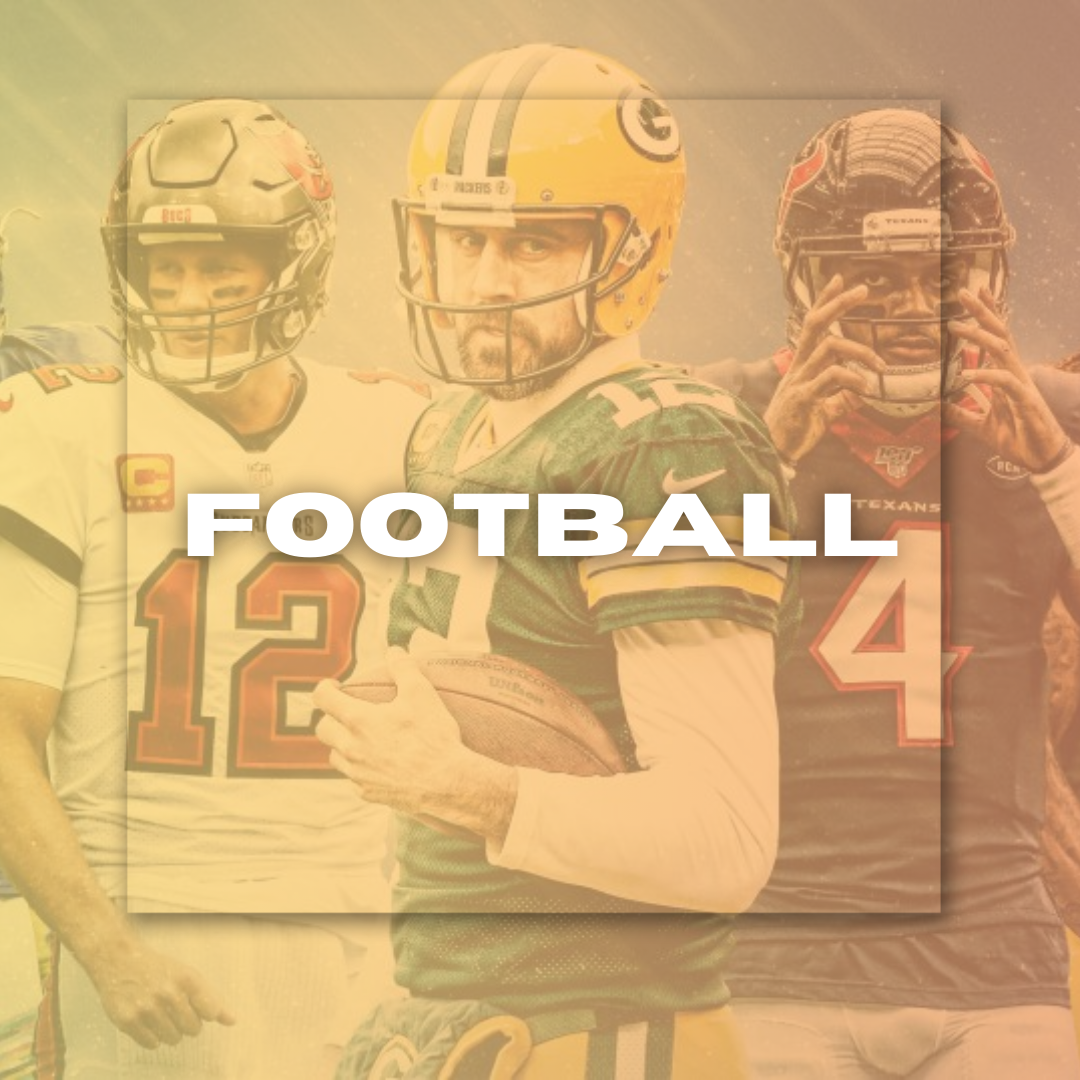
The Dallas Cowboys: America's Team and Their Enduring Legacy
The Dallas Cowboys: America's Team and Their Enduring...
By Jocelyn Alano August 07, 2024 00:53
The Dallas Cowboys, dubbed "America's Team," have etched their mark in the annals of sports history. Their rise from an expansion team to a cultural icon has impacted the National Football League and American sports culture. The article explores their background, how they became so big as an entity, the presentation of their team, and what that means for today.
Origins and Early Years
Founding of the Franchise
The Cowboys joined the NFL as an expansion team in 1960 and have since become one of the most successful teams of all time, with a legacy to back it up at just about every position. The majority owner, Clint Murchison Jr., wasted no time putting together a top-notch front office and hiring Tex Schramm as general manager (GM), Tom Landry as head coach, and Gil Brandt as the director of player personnel. This group of three would serve as the foundation for Dallas' future prosperity.
Lightning In a Bottle
The Cowboys struggled during their first few years, racking up losses in five of the teams' initial six seasons. The fortunes of the team started to show signs of change in 1966 when they had their first-ever winning season and thus started a golden era. Though the Cowboys lost that NFL Championship Game to Green Bay, Dallas had its first taste of a playoff victory and appeared on solid ground.
Quarterback Roger Staubach, running back Tony Dorsett, and defensive tackle Bob Lilly became Cowboys legends in the late 1960s and early '70s. In 1971, the Cowboys reached their first Super Bowl, which they went on to win over the Miami Dolphins.
The "America's Team" Craze
Earning the Moniker
The nickname "America's Team" was first used during the 1978 season as a result of two singly high-profile on-field successes and delirious marketing. The team's Super Bowl trips were buoyed by names and faces that captured the imaginations of fans around America. They also became synonymous with television, especially their annual Thanksgiving Day game, which greatly raised the team's national profile.
Fan Base and Cultural Milieu
The Cowboys are as big a part of American culture, if not world culture; they simply cannot be replaced. Their cheerleaders are recognized for their uniform and performance style, which has helped to create an identity for the group by symbolizing American sports culture. Dallas has one of the largest and most enthusiastic fan bases in football, with followers nationwide and around the globe.
The team's brand, featuring its storied star logo and blue and silver palette, has become a symbol of ambition and validation. This branding strategy and the team's on-field production have combined to make the Cowboys one of football's most cherished franchises.
Dubbed Sustained Excellence and Dynasty
Periods of Dominance
The Cowboys went through a series of very successful periods, especially with the 1970s and throughout the end, away from the still and up into now. The team was best characterized during the era of head coach Tom Landry when they used a ground control running game and sustained international success with 20 consecutive winning seasons over two decades from 1966 to 1985. This era would see the team's first five Super Bowl appearances, including two Super Bowls wins.
Legendary Figures
The Cowboys' lore is inextricably linked to its prodigious passer. The Cowboys' first head coach, Tom Landry, developed new techniques and tactics that are still used in the organization. His tenure spanned 29 years and totaled 250 wins, the third most in NFL history for a head coach.
Exemplified by all-time leading rusher Emmitt Smith and championship quarterback Troy Aikman, players have been born into identifying what it means to play for the Dallas Cowboys. Their play on the field has left their fingerprints all over the franchise and league.
What it Means For the NFL and American Sports Culture
The Dallas Cowboys have changed a ton of the ways that the NFL does business. They were the right team at the right time, winning in important Super Bowls while serving as one of three teams to lead a longtime regional-based league into national consciousness during an era where pro football began dominating college and baseball for television audiences. Television exposure helped the team attract large crowds in its early years, heating the NFL profile at a time when there was no immediate profit for anyone operating an American sports league.
The Cowboys were also leaders in pro football's implementation of the "franchise player," essentially an early form of athlete branding. Within this, they had their first introduction to marketing and soon after began recognizing athletes as a part of representation for any given team. This has become the norm for pro sports ever since.
Legacy and Beyond
Continued Relevance
In 2024, the Dallas Cowboys will be among the most recognizable and valuable sports franchises, with a value in excess of $5 billion. Their ability to continue to stay competitive in a modern-day NFL sport, combined with their die-hard and loyal fan base, guarantees fans that this team will be around for generations of football.
While the Cowboys have a rich history, they are still up against it in terms of remaining an elite franchise. The league is only getting more competitive, and player dynamics and fan expectations are changing by the minute, presenting a series of obstacles that this team will have to overcome. Still, the history of success and commitment to winning football on display in Dallas bode well for a return.
LATEST
- NEWS
- |
- ARTICLES
- |
- VIDEOS






















































































